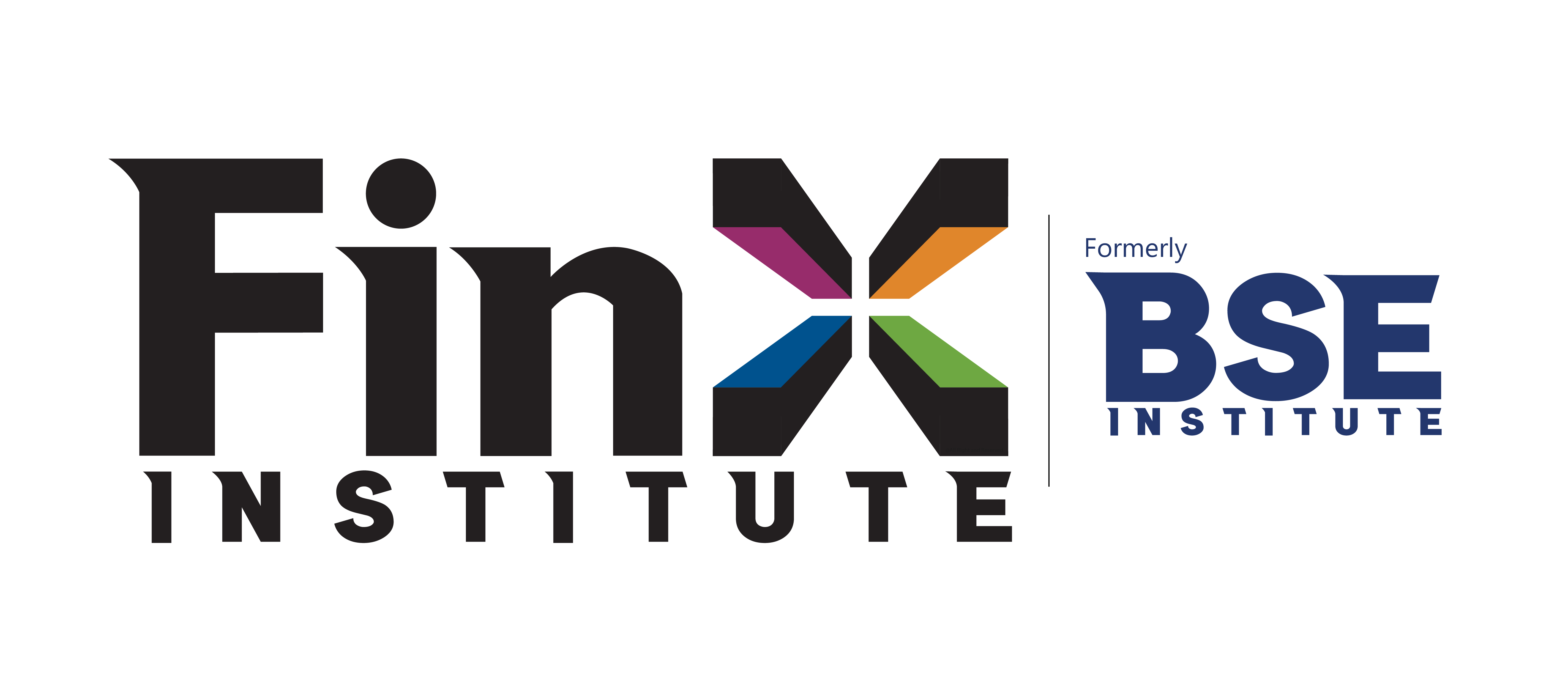About Certificate Program on Technical Analysis
This program is designed to equip the participants to understand & use all technical tools & Indicators. The course enable you to apply Technical Analysis on any Trading Instrument ie Stocks, Commodity, Forex Etc. You able to Create & trade profitable Trading Strategies.
The course also helps you to deal with the psychological aspect of trading by developing a trading framework for better investment and trading output.
Eligibility Criteria
- This course does not require any specific level of education or prior qualifications. However, a basic understanding of the subject matter could be beneficial.
- What is Technical Analysis?
- Its historical development
- Different types of Technical Analysis
- How technical analysis is useful?
- Dow Theory
- Bar Charts
- Trends
- Uptrend, downtrend and side trend
- Trend lines
- Channels, Channel lines
- Validation, Angles, Internal Trend lines
- Support and Resistance levels
- Establishing Support and Resistance
- Importance of Support and Resistance
- What are Fibonacci Retracements?
- How are Fibonacci Retracements used?
- How Fibonacci Ratios Work?
- What are Charts?
- Basic Patterns
- Measuring Implications
- Continuation Patterns
- Reversal Patterns
- Other Patterns
- Candlestick
- Defining Candlestick
- Types of candlestick
- Doji, Spinning Top, Marubozu
- Candlestick Pattern
- Bearish Candlestick pattern
- Bullish Candlestick pattern
- Moving Averages
- Types of Moving Averages
- Simple, Linear and Exponential Moving Averages
- Double cross overs and price cross overs
- Identification of trends - reversal in trends
- Major uses of Mas
- Bollinger Bands
- Uses of Bollinger Bands
- Bollinger Bands and RSI
- Lagging Indicators
- MACD
- ADX
- Leading Indicators
- Relative Strength Index – Positive and negative divergences
- Rate of Change (ROC)
- Concept of Risk
- Risk-Return Trade-off
- Risk Management Process
- Challenges in Risk Management
- Risk Taking as compared to Risk Management
- Different Classes and Types of Risk and their Impact on an
- Organization/Investor
- How to Use Setup Trading?
- Drawbacks to using setups
- 3 simple steps
- Recurring day-trading setups you can use to pursue profit
- An Introduction to Trading: Developing a Conceptual Framework
- What is an Automated Trading System?
- Build your trading system in six steps
- Diversification
- Position sizing
- Risk Reward Ratio
- Controlling your emotions with Money Management
- Calculated risk
- Importance
- Dominant emotions
- Common errors
- Wrong beliefs/ myths
- Traits of successful traders
- Technical Analysis Step By Step
- Checklist for trading
- Trade journal
Program Highlights
Existing since
1989
300+ World-Class
Practitioners
Expansive Global
Reach
20000+ Students Trained
150+
Courses
Cutting-Edge
Curriculum
This intermediate-to-advanced program is ideal for:
- • Individual traders, investors, sub-brokers, and dealers
- • Working finance professionals seeking technical edge
- • Anyone proficient in market basics and ready to deepen TA expertise
Participants should have:
- • A basic understanding of market mechanics and technical analysis fundamentals
- •Familiarity with instruments like stocks, commodities, forex, or derivatives
Sutirtha Das
Afreen Afzal
Yash Jadhav
Siddhi Vyas
Rutuja Tajne
Durga Sawant
Sheil Kowadkar
- Eligibility Graduate
- Level Beginner
- Duration 12 Days (2 hrs/day)
- Mode Online

